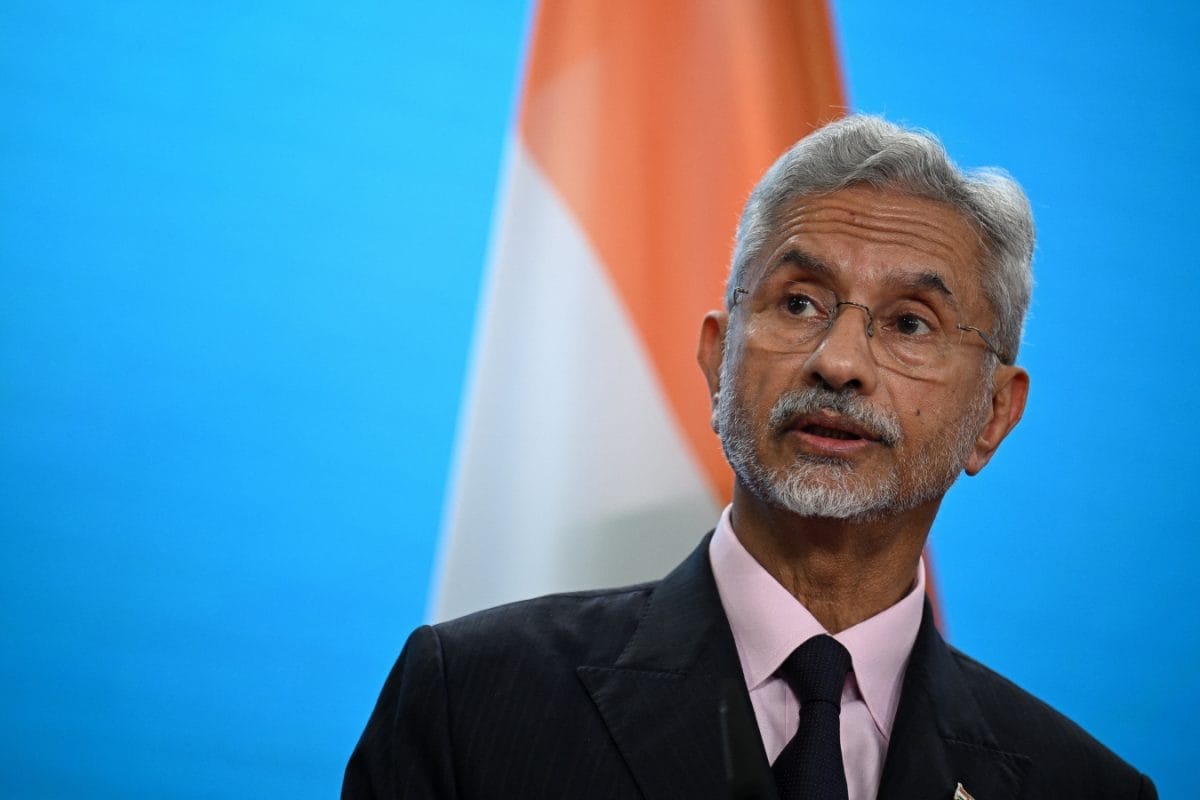

The prospect of a US-India trade deal appears to be gaining momentum, with External Affairs Minister S Jaishankar indicating substantial progress in negotiations. Both nations are aiming to finalize an agreement before July 9, which is when the 90-day pause on reciprocal tariffs is set to end.
Jaishankar has expressed optimism about reaching an agreement, stating that India is "hopeful" of finalizing a trade deal with the US before the July 9th deadline for tariff suspensions. He highlighted that negotiations had already begun before the US imposed tariffs in April. These tariffs, which were around 27%, were later suspended until July 9.
While President Trump had earlier claimed that India had agreed to remove all tariffs on American goods, Jaishankar clarified that "nothing is decided till everything is". He emphasized that any trade deal must be mutually beneficial to both countries. He also added that Washington is "looking at things from the perspective of its immediate interest and seeking benefits for itself,".
India has already taken steps to show its commitment to closer trade ties. The country has reduced tariffs on several items, including Bourbon whiskey and motorcycles. Moreover, India has offered to eliminate tariffs on 60% of U.S. goods in the first phase of the deal and proposed preferential access for nearly 90% of American imports, according to officials involved in the discussions. In return, New Delhi is seeking broad protection from existing and future U.S. tariff hikes.
The US, however, still runs a $45 billion trade deficit with India, which Trump wants to reduce. To address this, India is expected to increase imports of oil and defense products from the US. Official trade data indicates that India has already increased its oil purchases from the US, with imports of crude oil rising by 11.49% to $63 billion in March 2025 compared to the previous year.
The ongoing trade negotiations have covered a range of issues, including greater market access for industrial and agricultural products, tariff cuts, and non-tariff barriers. Discussions have also focused on goods of American interest, such as corn, soybeans, nuts, cars, and spirits, as well as goods of Indian interest, like textiles, footwear, tea, and coffee. The rules of origin, which determine whether a product qualifies for preferential tariff treatment, have also been discussed.
Both countries aim to expand bilateral trade to $500 billion. Bilateral trade between India and the US was worth $190 billion until recently, making the US India's largest trading partner.